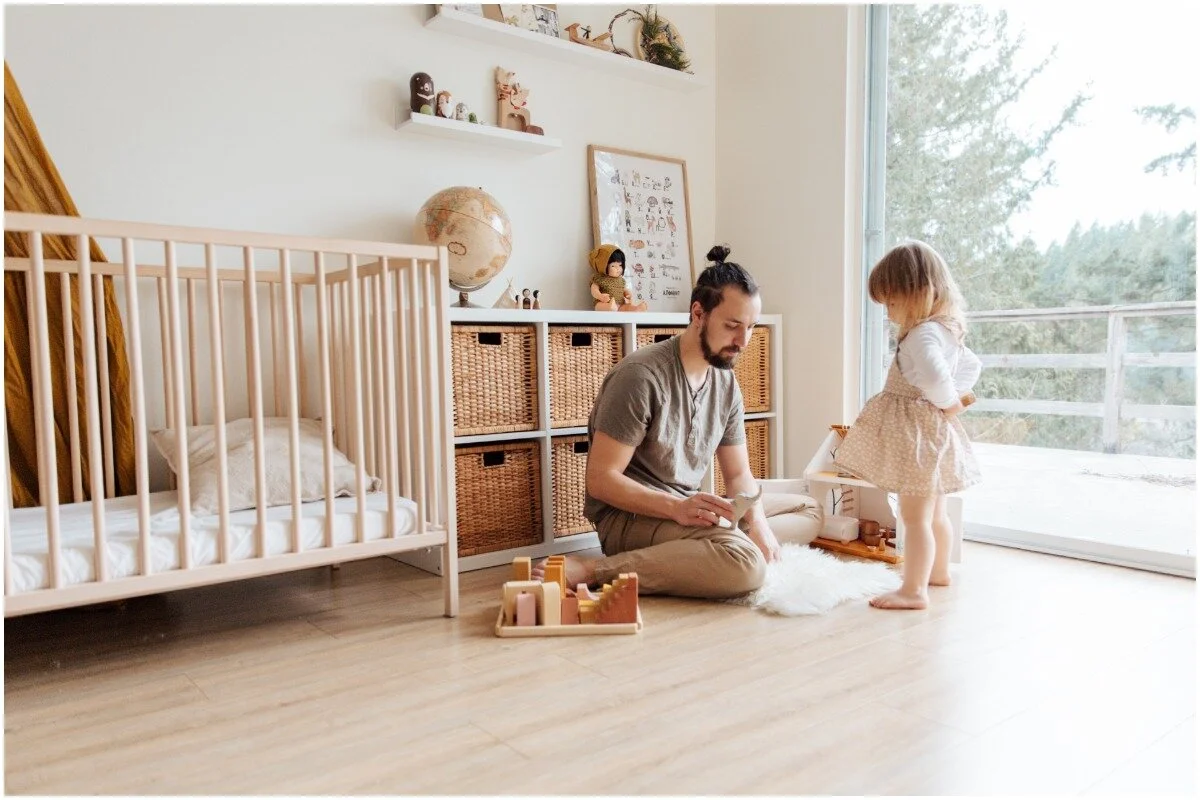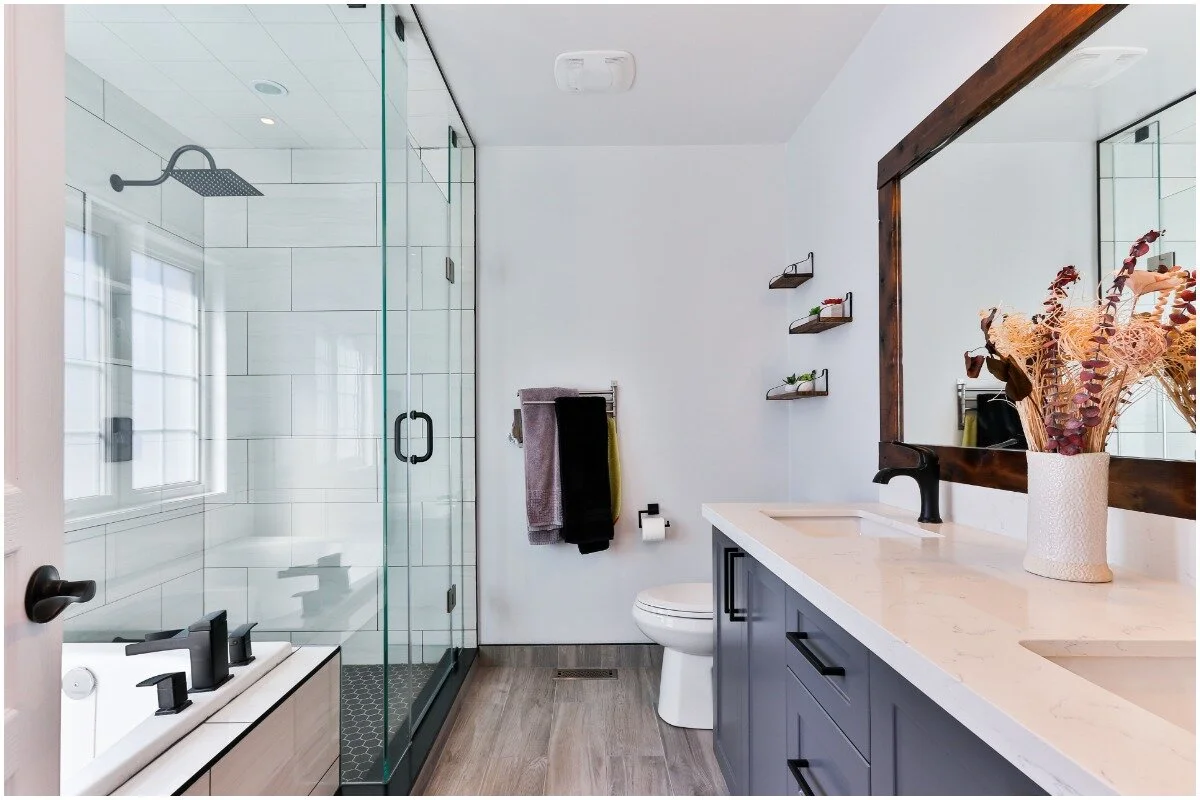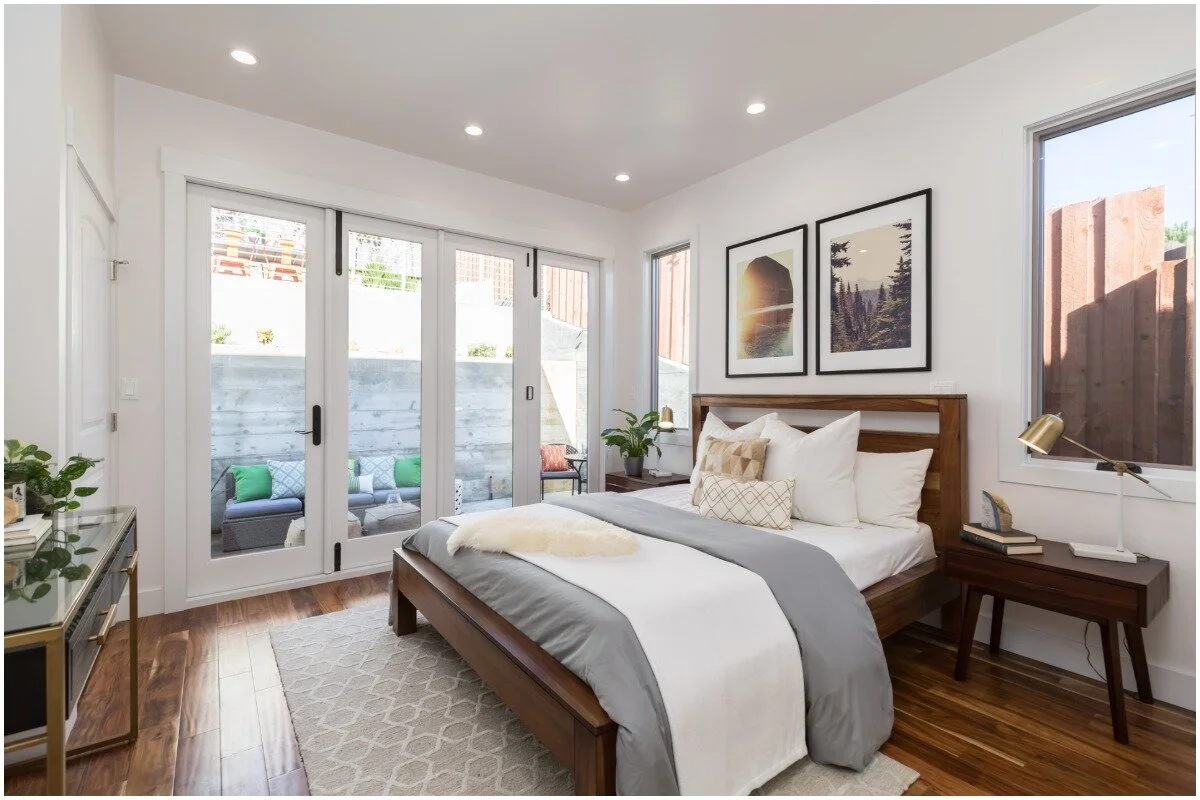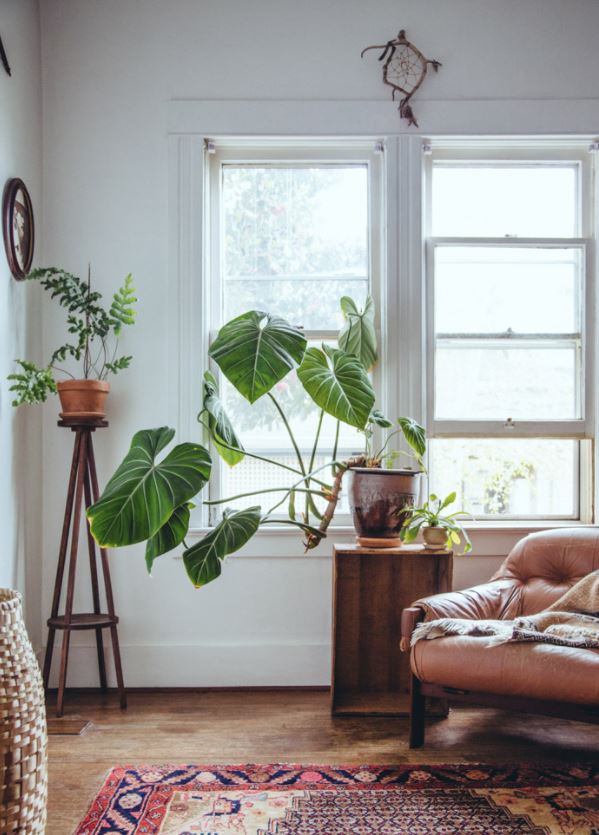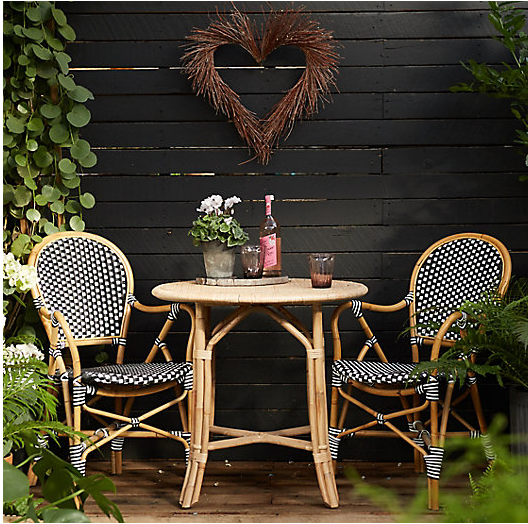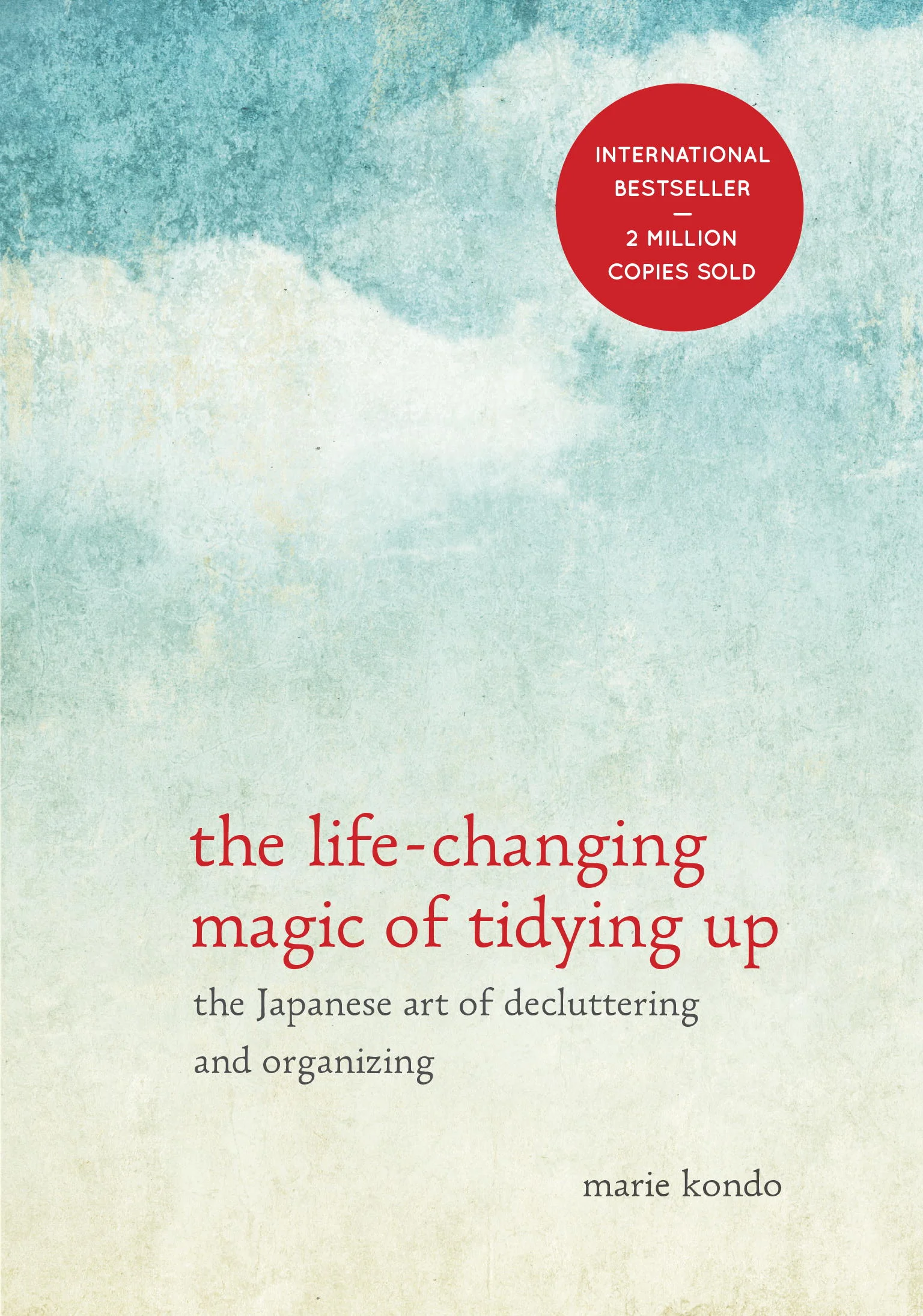How to Refresh Your Home without Buying Anything New
We were asked by our friends at Redfin to share some tips for decluttering your home as part of a helpful article they wrote on how to bring order to your home without buying anything new. This article is jam-packed with helpful tips from many other incredible organizing professionals, so we thought we would pass it along to all of you! We’d love to hear what your favorite tip is and how you plan to start implementing it in your own home in the comments below! Let’s dive in!
Now is the Time
With all the time you’re spending in your home these days, you’ve likely noticed that there’s plenty of items lying around that you hardly use, or food that’s gone bad but is still sitting in the back of your fridge. However, with this extra downtime and lack of visitors, now is the perfect opportunity to finally get your house in order. So, it’s time to toss out any junk that’s managed to sit on your nightstand for far too long, and throw out those old, expired salad dressings along with the broken can opener that still hasn’t made its way to the garbage.
While the thought of decluttering and reorganizing your home can be overwhelming, it’s much more doable than you think. Better yet, it can all be done without needing to purchase anything new. To help you get started, we pulled together tips from decluttering and organizing experts living in Nashville all the way to professionals living in Vancouver, BC (and many more in between). Here’s how to get your house in order without buying anything new.
Declutter your kitchen
Get rid of unused or expired items. Ask yourself various questions about the items you’re keeping because most of the time you don't need about a third of what’s in your kitchen. Would you replace this item if it broke? Are you keeping this item out of guilt? Do you know what this item is supposed to be used for? - Jessica Litman, The Organized Mama
Remove packaging to clear up valuable space. Packaging is bulky and takes up valuable space in your kitchen and pantry. Decanting items from their packaging will reduce visual clutter and free up space. - Jenn Campo, The Simple Sort
Organize your kitchen to be more user-friendly. Place items within a 2-3 foot radius of where you’ll use them: put your pots and pans near the stove, cutting boards near the knives, and so on. By making it user-friendly, you’ll cook faster and easier. – Bonnie Dewkett, The Joyful Organizer
Store items so they're easily accessible. Moving your spices from a cabinet to a drawer, where you can lay them flat, makes them easier to view and access. Be sure to check the dates and toss the expired ones as you're moving them. - Kat Reichmuth, The Simplified Life
Store “like-items” together. Group meal prep items in the pantry by theme (ie Mexican, Italian, breakfast, baking, etc). Use bins & containers or lazy susans you already have on hand to keep each group together. - Adriel Brophy, The Orderly Manor
Get creative: turn useless items into useable storage containers. Grab the shoe boxes hanging around your closet, recycle the lid, and cover the rest in your favorite wrapping paper. You’ve now created the perfect storage container for various categories of food like breakfast items, snacks, grab-and-go, baking, and pasta/grains. - Maria Baer, The Baer Minimalist
Freshen up your living space to help get your house in order
Remember that less is more. Try to not have too many big pieces of furniture in a small space. If possible, try to keep just the TV, couch, some end tables, and a coffee table. Having your TV mounted on the wall saves space and makes the room look much bigger. When organizing your living room, use underneath the coffee table and end tables for storage. - Manny Muro, Tidy Techs Professional Organizing
Consider what the intentions for the space are, then design and organize accordingly. The core of organizing any room is first considering what the intentions for the room are and the realistic spatial needs of those activities. The name of the game is always “accessibility” and the better we can access, use, and store the things we use most frequently in a space, the more ease we feel within that space. - Shea Hofferica-Dickson, Zen Method Organization
Rearranging furniture is a free and simple way to freshen up your living space. Look at your living room as if you are seeing it for the first time, paying attention to everything in the space. Then think how you can open the space up, making it more user friendly or aesthetically pleasing by moving or removing those items you no longer use or love. - Linda Deppa, Uncluttered
Before tossing out any furniture, think of creative ways that it could be re-purposed. I recently took a vertical bookshelf, turned it on its side and made it into a horizontal bookshelf and toy storage for a kid's play area in a living room. - Tori Cohen, Tori the Organizer
Get your bathrooms spick-and-span
Only keep your daily essentials out. Get rid of items that you don’t remember when you bought and only keep out products that are used on a regular basis. To keep your bathroom counters clear, only have essentials, like hand soap, out and be sure to put away everything after you’re done using it. - Olena Dibrivna, Harmony Home Organizing
Place frequently used items together and store the rest elsewhere. Instead of organizing your drawers by category, put one of each item for your daily routine neatly in the top drawer and store your extras in the lower drawers or a cabinet. This saves you from opening multiple drawers when you get ready. - Nonnahs Driskill, Get Organized Already!
Keep things neat by rolling towels instead of folding them. By folding a towel in half and then rolling it up into a log shape, you can neatly stack towels on a shelf or in a cabinet and pull one out without making a mess of the remaining towels. - Rachel Fontaine, Fontaine Organizing
There’s no need to purchase new storage containers: make use out of household items. Prevent avalanches of small essentials by storing them in containers you can find around the house. Use narrow drawer organizers for dental floss, cosmetics, tweezers, and other implements; use small food storage containers for hair accessories; even a shot glass for cotton swabs. - Lisa Zaslow, Gotham Organizers
Re-purpose unused toiletries specifically for guests. Collect all samples or extra products that you've yet to use and put them in a space for guests or in the guest bathroom if you have one. It will make them feel like they're enjoying a luxury experience when they stay with you, while also clearing out your unused clutter. - Matlin Pessarra, Minimized
Consider the user-experience as you reorganize. Think about the “user experience” of your bathroom and add a little empathy. What would you like to have near you when you are using its various functions? Think comforting convenience, like your towel rack being within reach of your shower or your extra toilet paper being within arms’ length of the toilet itself. - Amelia McGee, Amelia McGee Home Styling
Divide and conquer to organize your bedroom
Focus on one area of the room at a time. Start with something easy, like drawers, and sort by categories (shirts, pants, socks, etc.). - Jordyn Szepanski, Household Essentials
Work methodically from corner to corner and always declutter first. Make use of hidden spaces like those under the bed, near the ceiling, and the backs of doors. - Jennifer Barnes, JB Organizing
Consider getting rid of “noisy” clutter to improve sleep and even relationships. Your bedroom can be a love nest or a battleground. Intentionally clearing up “noisy” clutter and taking the TV and/or work desk out of the room can work wonders for your love life and your ability to get a good night’s rest. - Jessica Waters, In Perfect Order
Declutter the areas that often collect the most items. Instead of cluttering nightstands and dressers with framed pieces, create gallery walls of artwork and photographs. Contain your small items (earrings, watches, knickknacks, etc.) in decorative bowls or trays you may have stored in your china cabinet.- Taryn McLean, Help You Dwell
Remove any items on your bedside table that don't serve your relaxation, rejuvenation, and best sleep. Next, scout your house for small, shallow containers such as jewelry boxes, an iphone box, or shoebox lids that you can use in the drawer as dividers for your lip balm, phone charger, journal, or anything else. - Michelle Rosen, CPO, Hop To It Organizers
Last but not least, make your bed every day to really get your house in order. This is a super simple, yet often forgotten step in our days that can make all the difference. It doesn’t cost a thing to make your bed and it sets the tone for the entire day. - Jane Dolan, Jane Organizes
Stop neglecting your garage once and for all
By decluttering first, you’ll see what you’re working with and what else you may need. People will be surprised that they don't need to buy bins for storage because once they declutter and donate, they can reuse the bins they already have, and oftentimes will now have extra space to store everything. However, if you still need additional storage, consider re-purposing an old bookshelf. - Christel Ferguson, Space To Love
Take advantage of your vertical space. Utilizing vertical space is a helpful way to get your garage organized. By simply using some heavy-duty nails you can hang fold-up chairs, lawn equipment, and sports gear on your garage walls. - Leigh Achenbach, Suddenly Simple Organizing
Store like-items together and clearly label everything. For instance, having all of the lawn and garden items in one specific area of the garage will make it easier for anyone in the household to find the gardening tools. When storing garage items in totes/bins, I highly recommend using post-it notes to label all 4 sides of the bins as well as the top. - Meghan Maxson, Streamlined Living
Every item should have its own “home” -- utilize items you already have for storage. Stand tall items, like shovels or skis, in a tall wastebasket; store hand tools in a cardboard tray from Costco; stow the big plastic kiddie pool in the rafters; bring a disused over-the-door hook rack from your bedroom to hold often-used tools like your best rake; and be sure to set up bins to collect trash, recycling, and donations so these items don’t float around aimlessly. You can always upgrade to beautiful containers later, but the first priority is to create an infrastructure that helps you find the things you need and return them to their homes when you’re done using them. - Molly Boren, Simplicity Works Organizing
Tame the chaos in your child’s room
Operation declutter: really sort through the items that should be kept and what can go. Start by getting four containers (like laundry baskets) that you can use for sorting and mark them as A, B, C, D. Pull out all toys, clothes, etc. from the room. Then, sort items in the containers according to the following: A) Love it, B) Donate it, C) Throw it out, D) Unsure what to do - come back to these items. And whatever you do, don’t just add larger containers to hold more things. There should be less stuff when you finish your decluttering project - Laura Chavez, The Junkluggers ®
Don’t just toss out items: donate them if they’re in good condition. The challenge most kids have with keeping their rooms organized and tidy is that they have way too much stuff. Teaching them to donate items they no longer need, use, or love will make clean-up easier for them while helping others and our environment. - Lori Gersh, Leave It 2 Lori & Roz
Instead of hand-written labels, use picture labels. When organizing for a child, use picture labels so your child can easily identify what goes where when it's time to clean up. Snap a photo of the items (or find a picture online), print it out, and adhere the label to the shelf or bin where that item is stored. Kate Bosch, CPO®, Kate Bosch Professional Organizing
Organize books in “record style” rather than on a typical bookshelf. Children pull their books off the shelves because they (usually) can’t read the titles! Arrange all kids’ books “record style” in any dishpan, box, or shallow, flat-bottomed basket you have on hand. Instead of pulling every book off the shelf and making a mess, they’ll learn to flip through the books to find the one they’re looking for. - Julie Bestry, CPO®, Best Results Organizing
Originally published on Redfin


